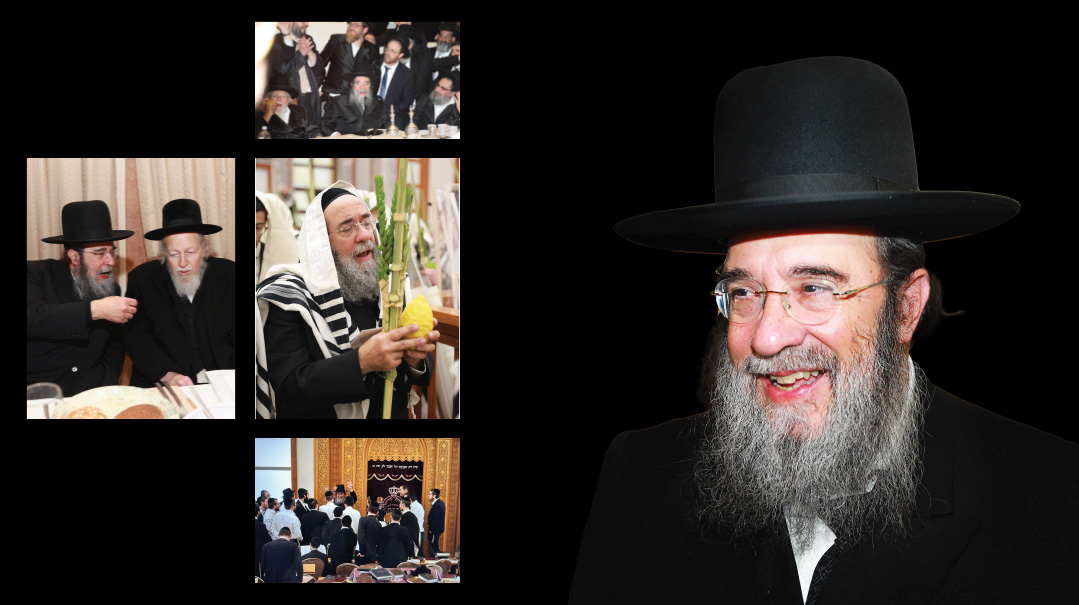Only Torah Consoles

The sudden passing of Rav Shlomo Halioua leaves a shocked and shattered people

Photos: AEGedolimphotos.com
As the greatness of Rav Shlomo Halioua grew, so did his humility. The son-in-law of Chaim Berlin Rosh Yeshivah Rav Aharon Shechter, he was one more talmid before the master, even as he could no longer conceal his radiance. Until Rav Aharon passed away, and this humble servant became Rosh Yeshivah. Yet just as his fire started to blaze, it was snuffed out, leaving behind a shocked and shattered tzibbur.
IF you knew Rav Shlomo Halioua, you are already crying.
If you did not know him, then you should cry now.
Not only because you did not know him, but because the nation you belong to — Klal Yisrael — sustained a serious blow with his sudden passing: one of those asher amarnu betzilo nichyeh, of whom we said, “Under His protection we shall live.” (Eichah 4:20)
He was a general who earned his rank in the trenches, a king whose crown was formed by hands lined with toil.
He was rosh yeshivah in Yeshivas Rabbeinu Chaim Berlin, and I wonder if there is another yeshivah in which the title carries as much meaning.
In that yeshivah, it means rosh yeshivah, but also rebbe, father, and melech.
And somehow, he did it.
To the alumni (in Chaim Berlin, there are no former talmidim), he represented the grandeur of what was, the sweeping, panoramic vision of Rav Yitzchak Hutner, the ability to fuse nigleh and nistar, to articulate esoteric complexities with the clarity and enthusiasm of a talented ninth-grade rebbi. He could sit at the head of a table lined with people older than him and make Yamim Tovim come alive as they once had, reenergizing talmidim who belonged to a brotherhood forged decades earlier.
To the talmidim of his father-in-law, Rav Aharon Shechter, he was heir to the avodas Aharon, the relentless, indomitable drive to serve — the ability to sit by a Gemara for five, six, seven hours at a time (as they often did, the two of them together on a sublime island of their own), the mix of incredible strength and incredible refinement and the humility that comes with being a servant to Klal Yisrael.
And to the talmidim, the yungeleit and bochurim inside that flourishing, vibrant Torah citadel on Coney Island Avenue?
He was the Rosh Yeshivah. The one who shared with them the Torah squeezed out of his essence with intense toil, whose breadth matched his depth, who seemed able to instantly draw on any source to clarify a point, and to whom that clarity — perfect havanah in a Rashba, the omitted word in the Rambam, the nuance in a Rashi — was the point of existence, the reason we are here.
Oops! We could not locate your form.







